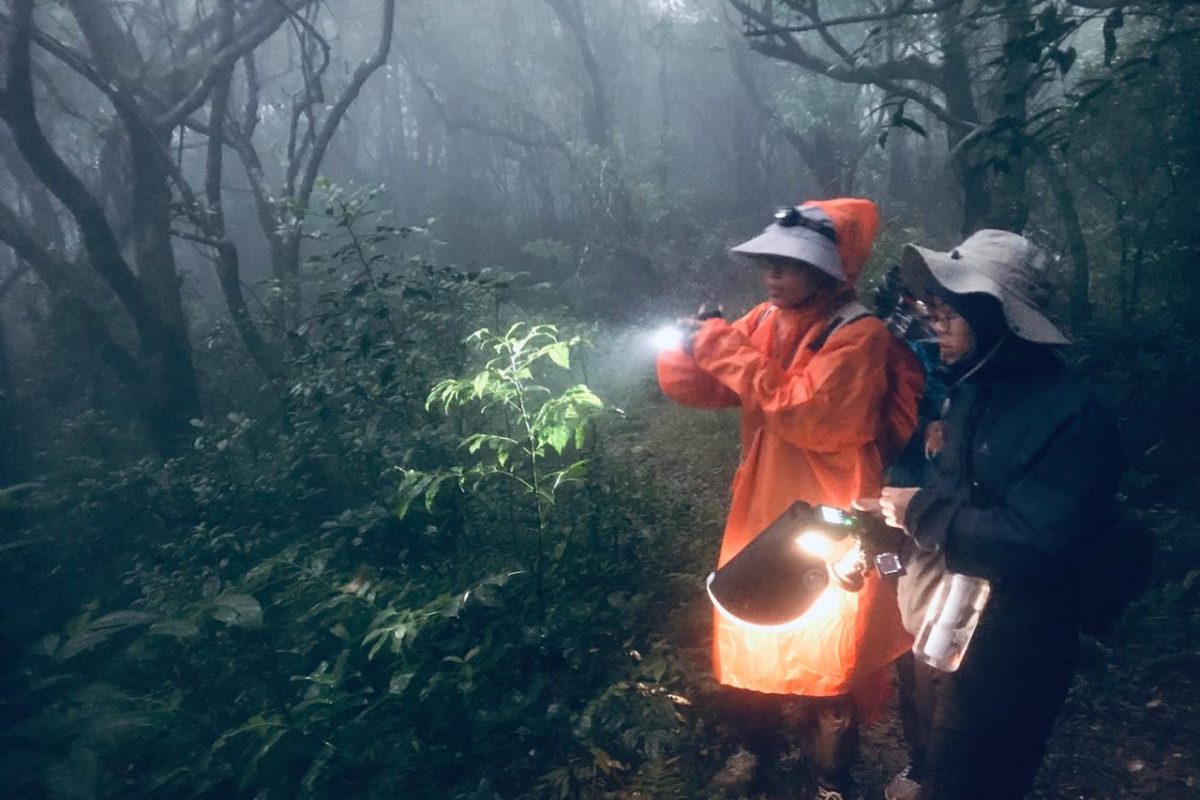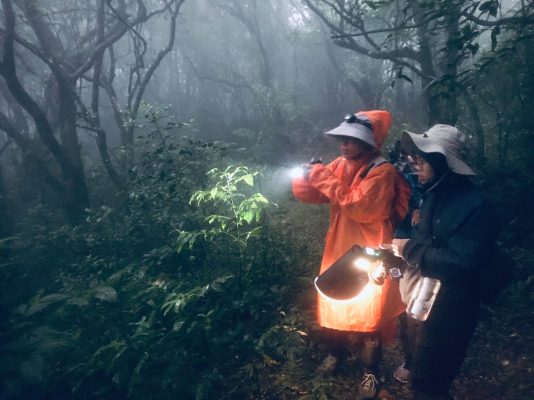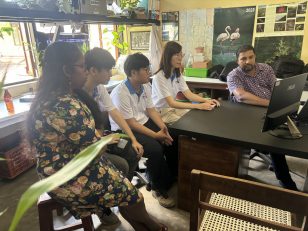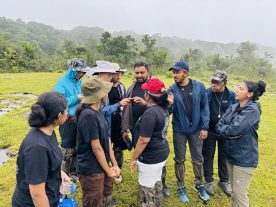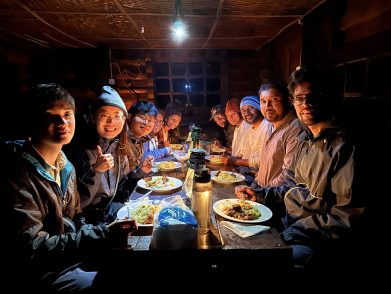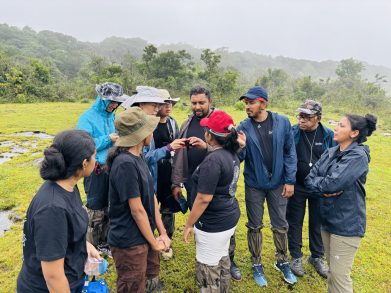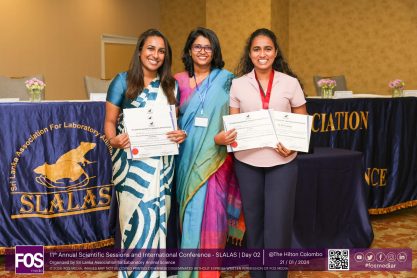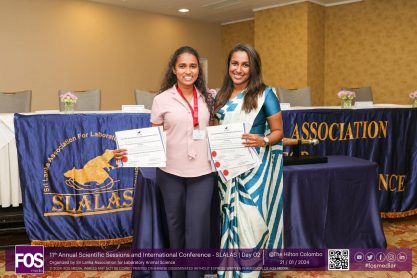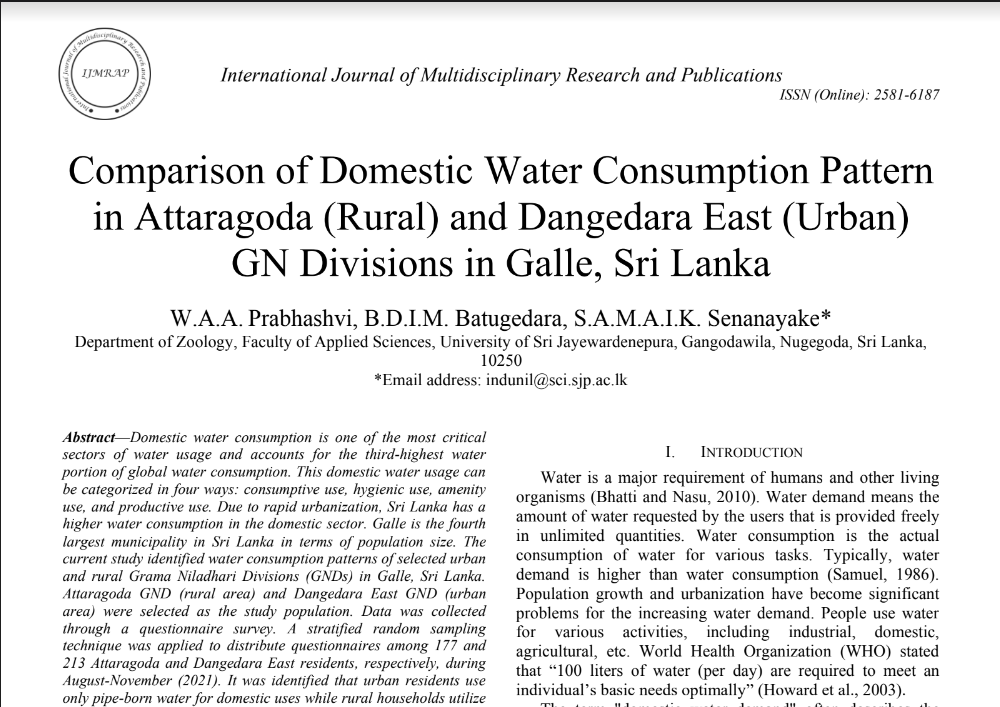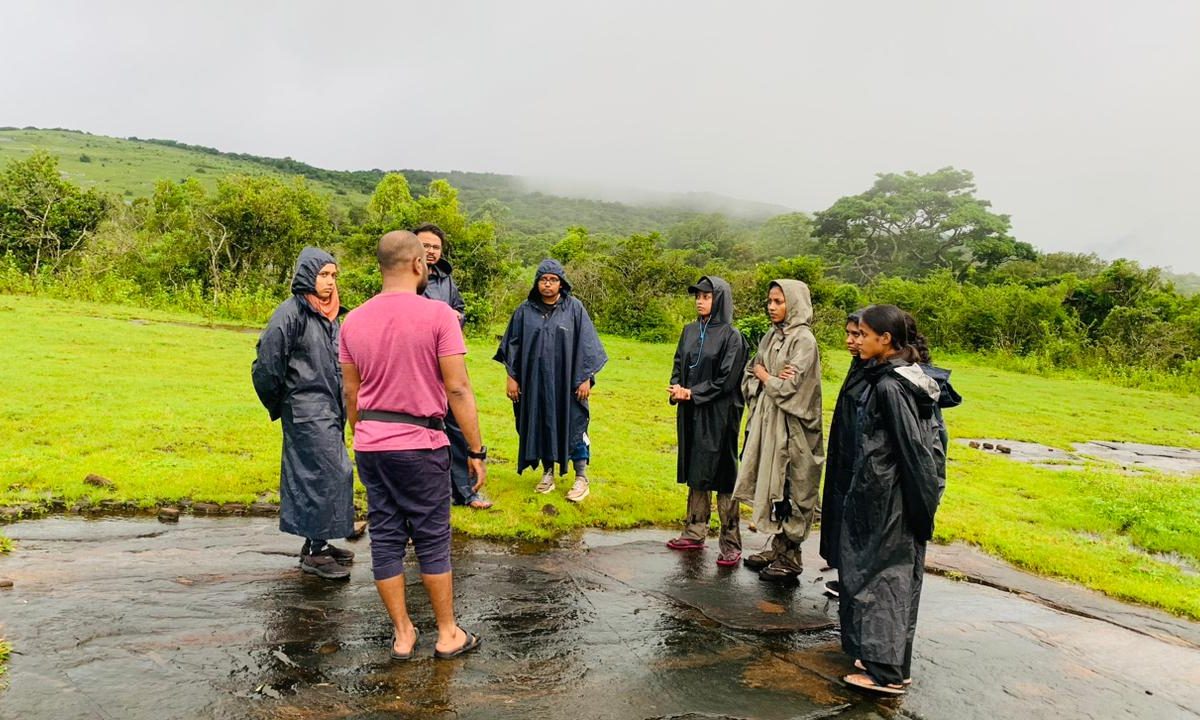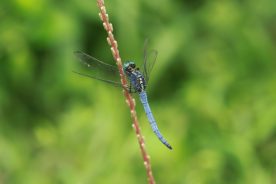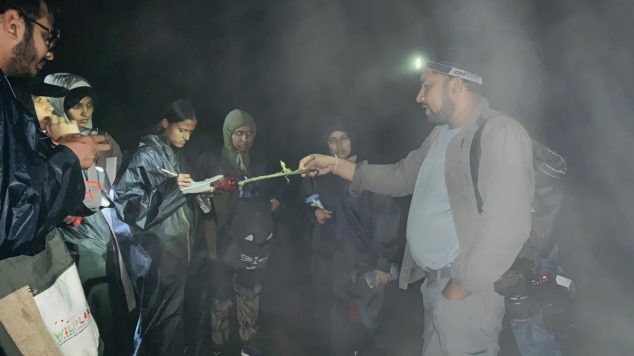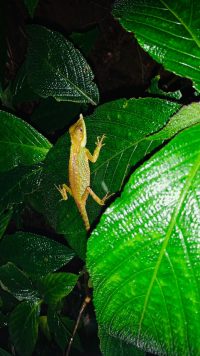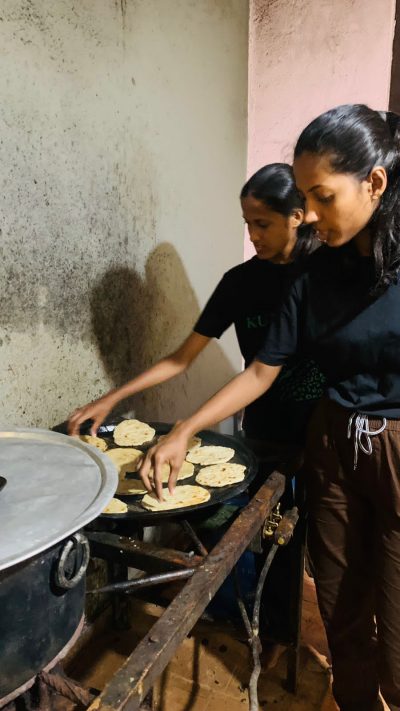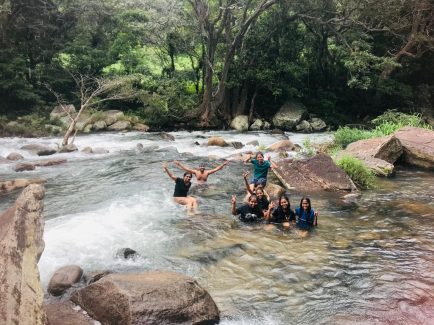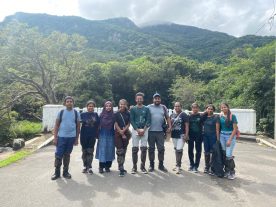We are delighted to announce the triumph of hosting three passionate students from Hong Kong, courtesy of the “University Student Sponsorship Programme in Wildlife Conservation 2023/24 (USSP).” This immersive program unfolded over two dynamic weeks, during which the students not only actively engaged in our frontline field research but also gained priceless firsthand experience in the realm of wildlife conservation. The USSP program stands out for providing an exclusive opportunity to Hong Kong university students, empowering them to serve as field volunteers and contribute directly to conservation efforts. As these students seamlessly blended into our ongoing projects, their involvement not only enriched their understanding of conservation practices but also created a valuable cultural exchange. This successful hosting experience underscores the potential for international collaboration in fostering the next generation of conservation leaders and emphasizes the significance of initiatives like USSP in building a global community dedicated to safeguarding our planet’s biodiversity.
In a remarkable display of academic prowess, Ms. K.K.K. Perera and Ms. Nipuni Saumya recently stood out by receiving prestigious awards for their outstanding oral presentations at the Annual sessions of the International Conference of the Sri Lanka Association for Laboratory Animal Science (SLALAS). The conference, held on the 20th and 21st of January 2024, served as a platform for these exceptional individuals to showcase their undergraduate research findings, which were conducted under the expert guidance of Dr. Varuni Gunathilake
W.A.A. Prabhashvi, B.D.I.M. Batugedara, S.A.M.A.I.K. Senanayake
Published in International Journal of Multidisciplinary Research and Publications
Domestic water consumption is one of the most critical sectors of water usage and accounts for the third-highest water portion of global water consumption. This domestic water usage can be categorized in four ways: consumptive use, hygienic use, amenity use, and productive use. Due to rapid urbanization, Sri Lanka has a higher water consumption in the domestic sector. Galle is the fourth largest municipality in Sri Lanka in terms of population size. The current study identified water consumption patterns of selected urban and rural Grama Niladhari Divisions (GNDs) in Galle, Sri Lanka. Attaragoda GND (rural area) and Dangedara East GND (urban area) were selected as the study population. Data was collected through a questionnaire survey. A stratified random sampling technique was applied to distribute questionnaires among 177 and 213 Attaragoda and Dangedara East residents, respectively, during August-November (2021). It was identified that urban residents use only pipe-born water for domestic uses while rural households utilize not only pipe-born water but also groundwater. The rural area had a higher mean total water consumption (72 Liters/Capita/Day) than the urban area (62.4 Liters/Capita/Day). Mean total water consumption differed significantly between rural and urban areas (p<0.05). The activity that utilized the most water was washing clothes, followed by bathing and kitchen washing in both regions. There were significant differences in total water consumption for kitchen washing purposes, bathing and sanitary purposes, gardening purposes, animal husbandry purposes, clothes washing, and other washing purposes between rural and urban areas (p<0.05). Water consumption for kitchen washing and bathing was slightly greater in urban areas than in rural areas. It can be attributed to modern lifestyles, such as having more convenient cooking wares, flushing toilets, and shower facilities among urban residents. Washing clothes, gardening, animal husbandry, and other washing activities increased water consumption in rural areas. Households in urban areas that depend entirely on pipe-born water had a higher monthly domestic water consumption cost (Rs.612.70) than rural areas where residents utilize groundwater and pipe water. Most urban residents have switched to pipe-born water sources due to the contamination of water sources with urbanization and garbage accumulation. Most rural residents believe tap water is undrinkable due to its flavor. According to the results, households in an urban area use only pipe water for their domestic purposes, and rural households use pipe born water as well as groundwater for their domestic purposes. Laundry is the most significant water-intensive activity in both study regions


